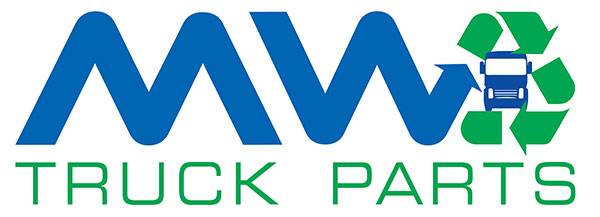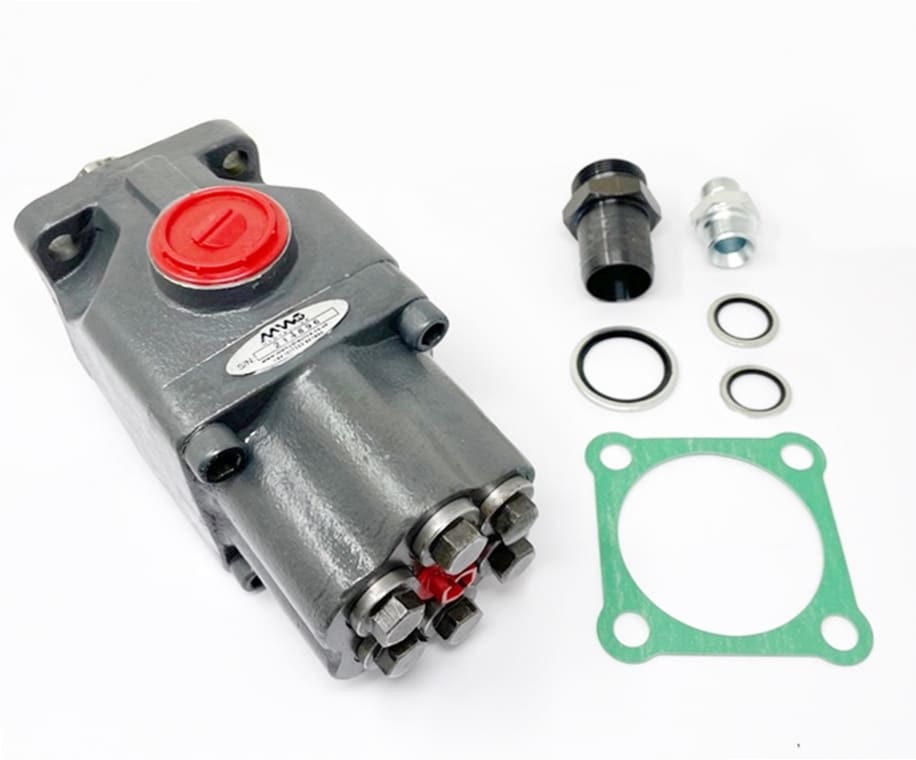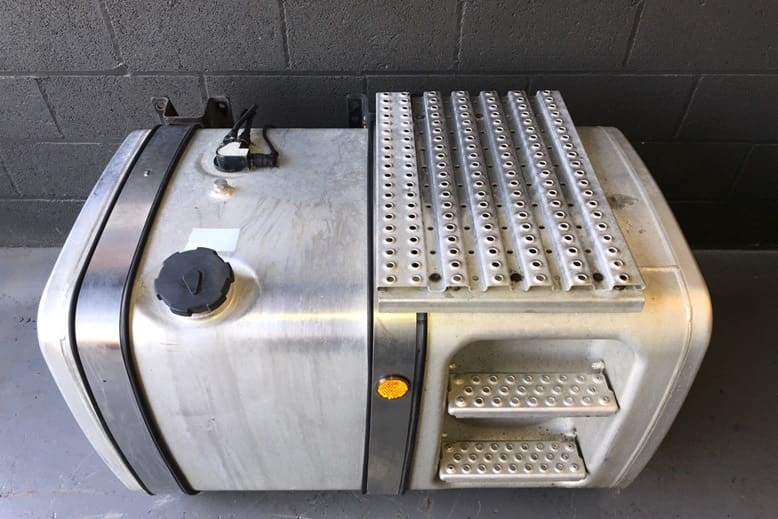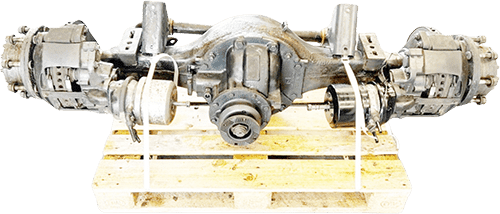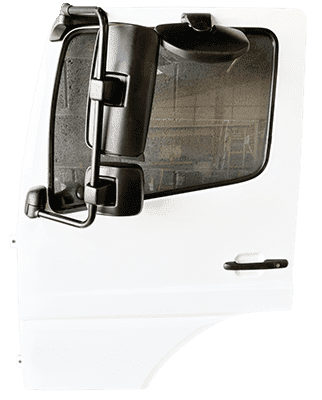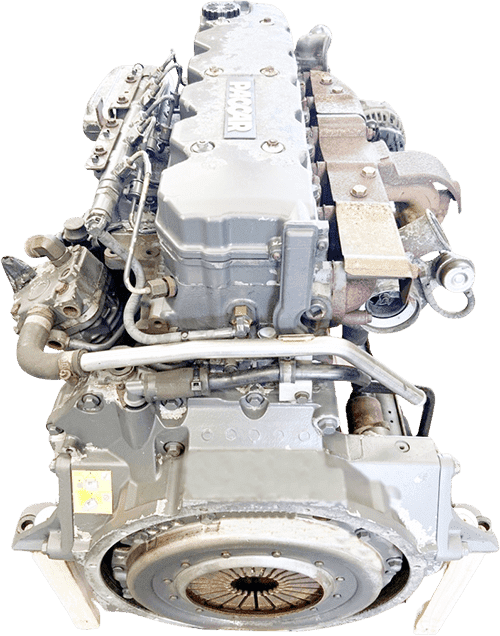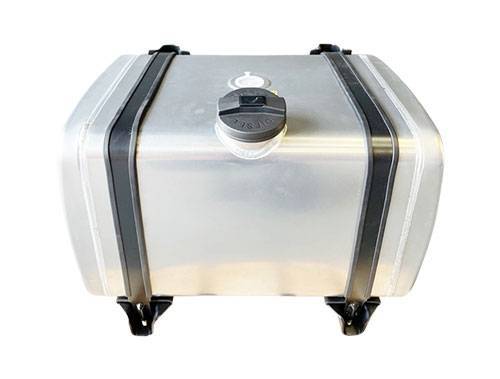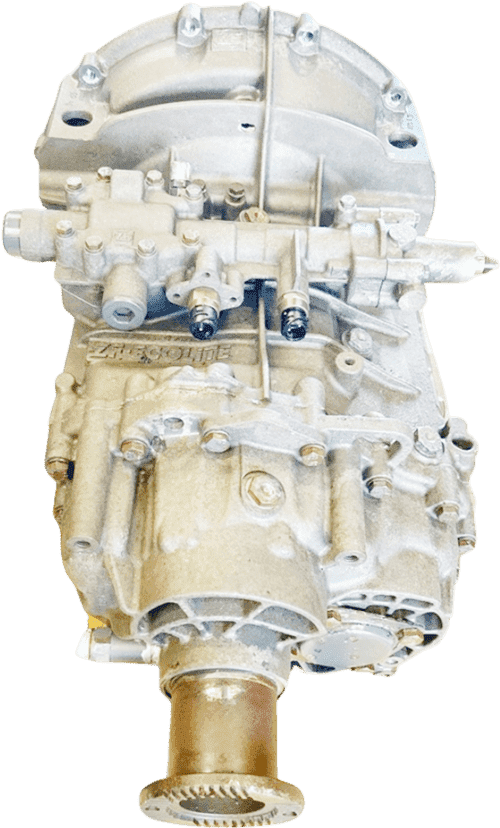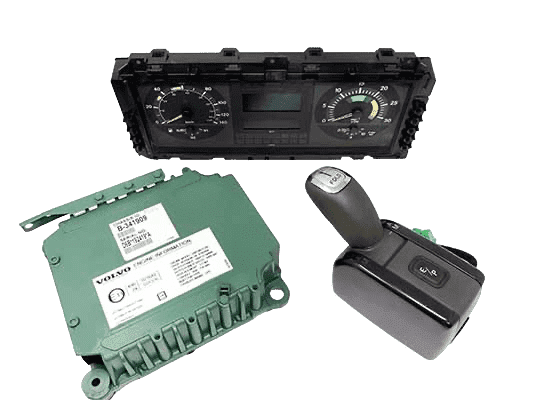Piston pump specs read like technical gibberish — displacement, bar ratings, RPM limits. Each number directly impacts whether your hydraulics work properly or leave you stranded.
Operators often buy the wrong pump because they misunderstand the specifications. Getting it right means matching every number to your truck’s requirements and intended application.
Let’s decode what these specifications actually mean for your hydraulic system.
Displacement ratings
Displacement measures oil volume per pump revolution — 85L/1000 RPM means 85 litres at exactly 1000 revolutions. Real-world flow depends on your actual shaft speed.
A 1300 RPM shaft spinning that 85L pump delivers 110.5 litres every minute. Calculate your actual flow requirements before ordering, not after installation reveals insufficient hydraulic power.
Related products:
- 105L Hydraulic Piston Pump 9 Pistons 4 Bolt ISO Bi-Directional
- 60L Hydraulic Piston Pump 6 Pistons 4 Bolt ISO Bi-Directional
- 85L Hydraulic Piston Pump 9 Pistons 4 Bolt ISO Bi-Directional
Piston count matters
Six pistons work fine for basic tipping applications at moderate pressures. Nine-piston pumps earn their keep on walking floors and precision crane work.
Each piston creates a pressure pulse as it strokes. Nine smaller pulses beat smoother than six larger ones — your hydraulic rams will thank you.
Pressure specifications
Working pressure shows safe continuous operation levels, usually 250-300 bar on truck pumps. Maximum ratings indicate failure points around 350 bar.
Run pumps at 80% of working pressure for best reliability. A 250-bar pump running at 200 bar lasts years longer than one pushed to its limits.
Speed limitations
Truck piston pumps typically max out between 1300-1500 RPM. Your PTO output must stay within these bounds.
Push beyond rated speeds and watch bearings cook themselves. Pistons score cylinder walls at excessive RPM — expensive damage that proper specification prevents.
Port sizing
Inlet ports need an adequate size to prevent cavitation during high-flow operation. A 1¼” BSP inlet feeds enough oil for 105L displacement without creating vacuum conditions.
Outlet ports must handle pressure without restriction. One-inch BSP outlets suit most applications but verify your hoses and fittings match pump port specifications.
Rotation options
Bi-directional pumps spin either direction, offering installation flexibility. Single-direction units cost less but limit mounting options when space gets tight.
PTO rotation determines pump selection unless you’re using bi-directional models. Clockwise PTOs need clockwise pumps — getting this wrong means zero oil flow.
Weight considerations
Piston pumps range from 14.5kg for 60L models to 19 kg for larger displacements. Heavier pumps need robust mounting brackets to prevent stress fractures.
Compare weight against gear pump alternatives when payload matters. Piston pumps deliver better efficiency but add kilograms that might push you over weight limits.
Making the right choice
Match displacement to your flow requirements first, then verify pressure ratings exceed system demands. Check speed compatibility with your PTO and confirm port sizes suit your pipework.
Consider the piston count for application smoothness and rotation requirements for installation flexibility. Weight matters when every kilogram counts against legal limits — balance performance needs against payload capacity.
Additional reading: The difference between tandem and piston pumps






